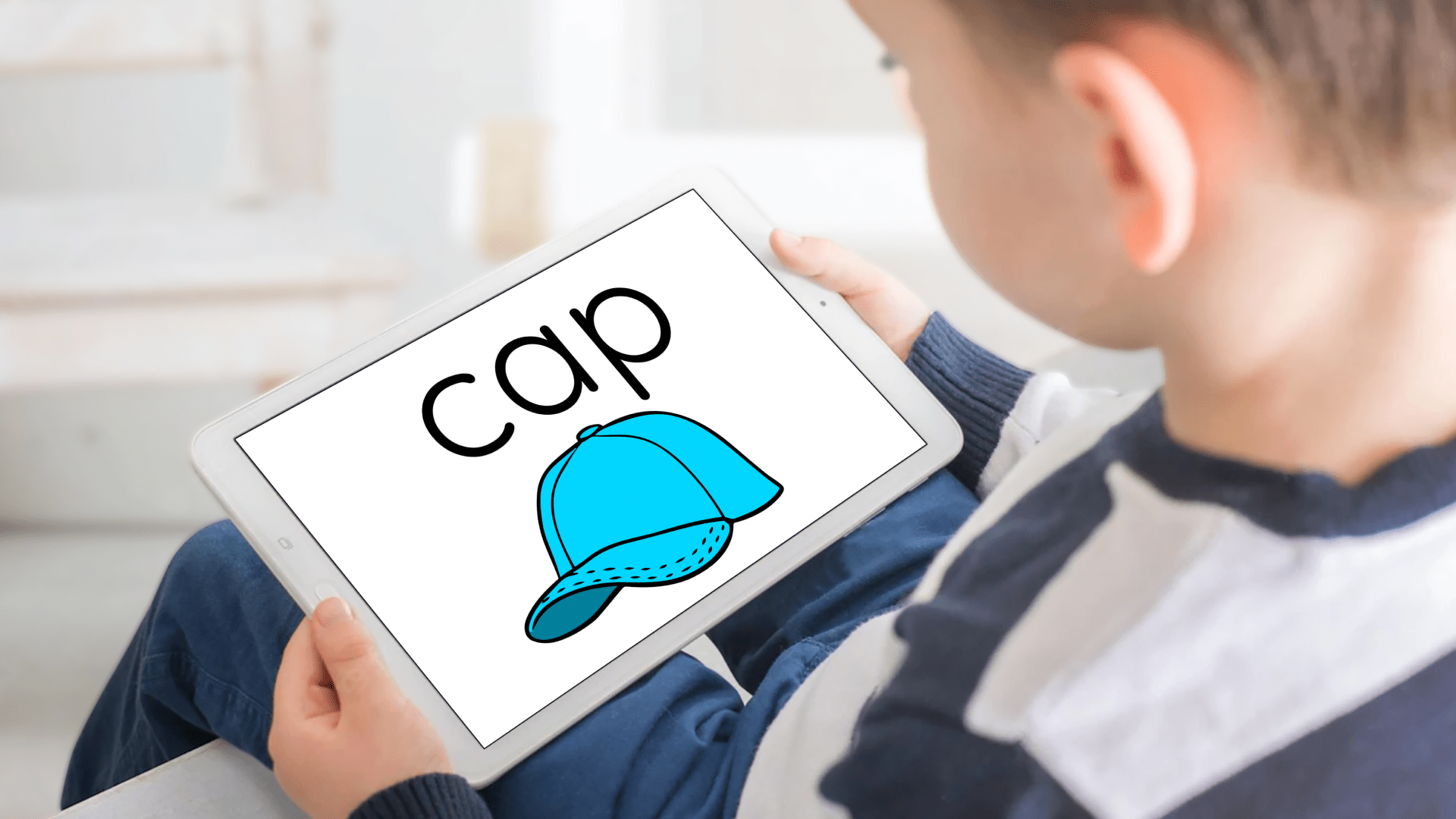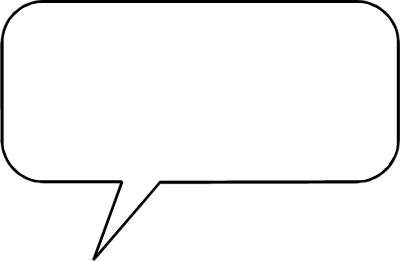

Decoding and Morphology
Sounds like some kind of Spy duo doesn't it?
I've discussed decoding in previous posts. Now I'd like to take a look at morphology and the role it plays in decodable books.
This statement begins the Word Morphology section of the Victorian State Governments, Literacy Teaching Tool Kit
Morphology is the study of words and their parts. Morphemes, like prefixes, suffixes and base words, are defined as the smallest meaningful units of meaning. Morphemes are important for phonics in both reading and spelling, as well as in vocabulary and comprehension.
Levelled, decodable books, use morpolopgy and phonics to build from simple words formed of basic sounds, to words made of multiple syllables and with differing sound to character correspondence.
What a mouthful!
But no wonder. Modern English is a complicated language that has organically grown from many different cultures. So good luck trying to learn the rules and then use them! That's where a good, structured language teaching approach (and teacher) makes a difference.
To discuss this, let's look at a very basic Modern English word (I'll just refer to it as English from now on) and build on it.
This is a CVC word (consonant, vowel, consonant) and it is also a closed syllable word which makes the vowel sound short. So this word is easy to sound out.


Then add an 'r into the mix...


You change the sound of the vowel from short, to R Controlled. It's now an R Controlled syllable.
And if you add an e at the end instead of an r in the middle...


The vowel sound is long and this is a silent e (or E controlled) syllable.
Just those first three little changes can determine which level it sits in a decodable system, depending on their scope and sequence.
And we haven't even gotten started!
What if we turn this noun into a vowel and tell the reader it is happening in the present?
We get ...


There are rules around this process. In this case it's double the consonant, after a short vowel and add 'ing'. We have built up a few different levels here, looking at suffixes and how a time direction (tense) affects the word. Sheesh!
Now let's change the word altogether by adding a different suffix....


And push it to it's limits with a prefix, a suffix and a present tense...


Just imagine coming across that word in your first few years of reading! Apart from the fact it is a pretty mature concept. Just try breaking that down by using phonics. It's not too bad until you hit the end of the word with an irregular closed syllable and then a silent e syllable.
And that is why morphology is important in learning to read with decodable books. Building up to this complicated word as I have, step by step, hopefully I've shown you a little insight into how word building works.
We give the students their materials (phonics), then we show them how to use the tools (morphology) and we help them through irregularities (sight words, words derived from other languages etc).
Bookbot's lowest levels start with a brief review of simple phonics (basic letter to sound correspondence) and then build and build through alternative vowel sounds and combinations, multisyllables and then prefix/ suffix type morhphology.
I have one student that I have taken through all those levels on Bookbot (in conjunction with a structured language program, MSL) and it is incredible to watch his progress. I can now actually see the thinking processes going on in his head as he attempts to read and write more and more difficult words.
I find the Science of reading fascinating, and I hope you do too.
